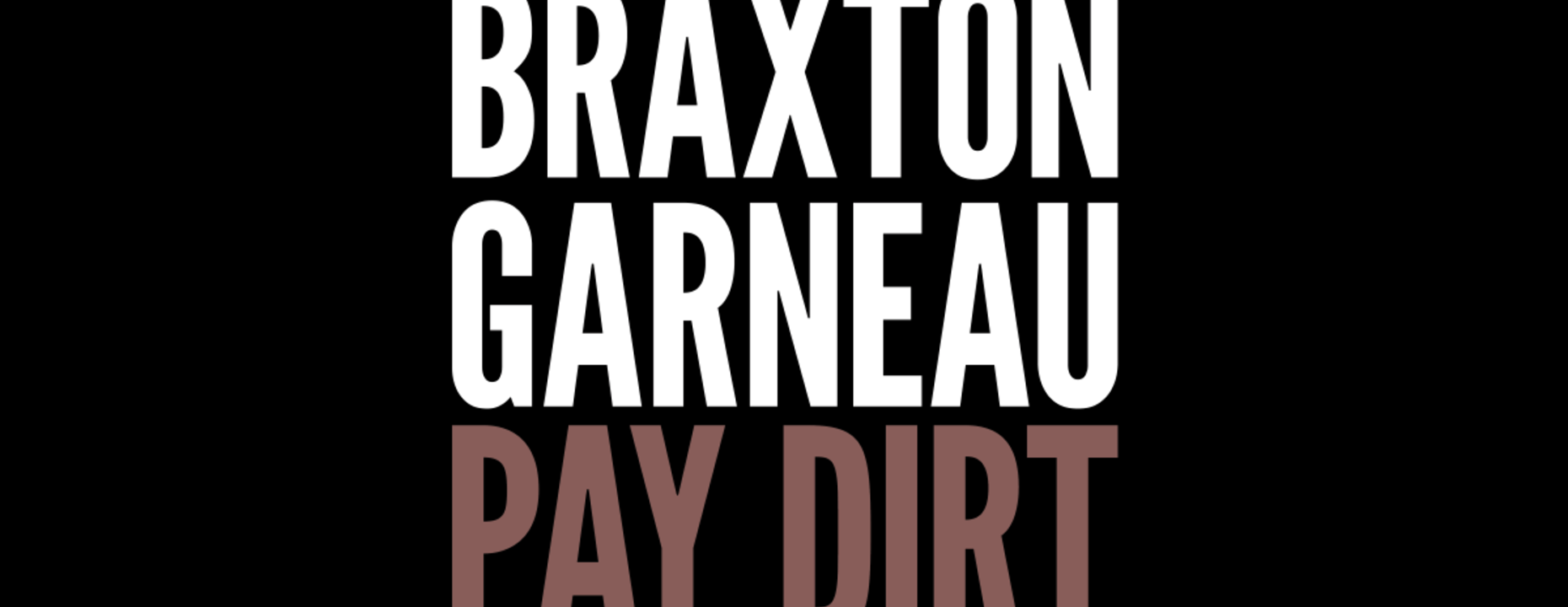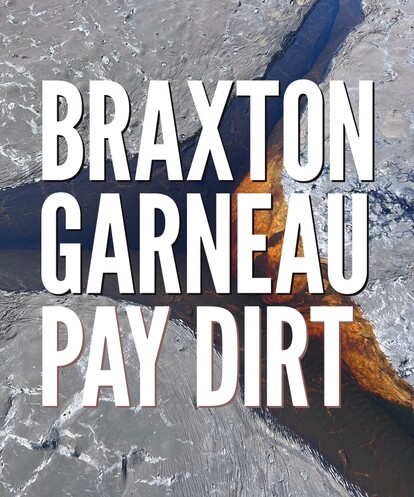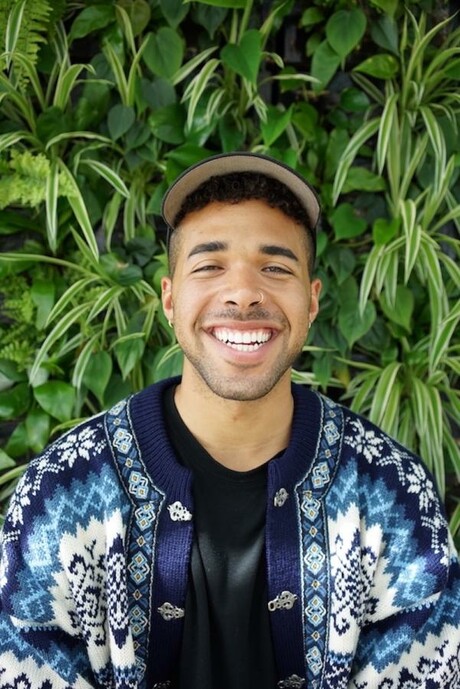Pitch Lake in Trinidad is the largest natural deposit of asphalt in the world. The bitumen that surfaces here was created by the same subterranean processes that produced the oil sands in Alberta. Above ground, Alberta and Trinidad are linked by the labour of extraction. It was knowledge of extractive industries that brought Braxton Garneau’s family, and many other Caribbean families to Alberta. Pay Dirt entwines these locations further by drawing attention to their parallel and opposing industrial and social realities. Pitch, or asphalt, bitumen, tar, or oil, easily shifts between a viscos liquid and an impenetrable solid. Garneau plays with this mutability and uses it as a metaphor for many things including the experiences of his family, the story of Alberta, and the relationship between people and place.
Organized by the Art Gallery of Alberta and curated by Lindsey Sharman. The RBC New Works Gallery features new artworks by Alberta artists and continues the Art Gallery of Alberta’s tradition of supporting and promoting Alberta artists.



